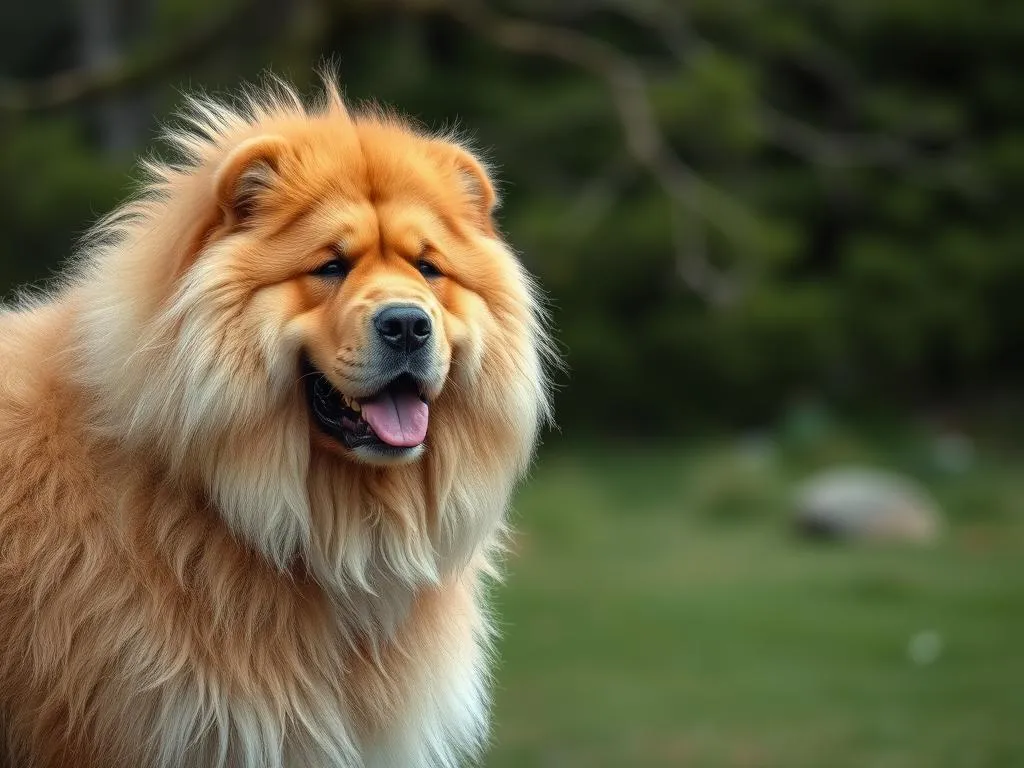
Introduction
Tibetan Mastiffs are a majestic and ancient breed, known for their imposing size and protective instincts. Originating from the Tibetan Plateau, these dogs have served as guardians of livestock and monasteries for centuries. Their significance in Tibetan culture cannot be overstated, as they are revered not just as pets, but as protectors of both property and people.
Understanding the Tibetan Mastiff facts is essential for anyone considering welcoming one of these remarkable dogs into their home. This article offers a comprehensive overview, guiding potential owners through the breed’s characteristics, history, health, training, and much more.
General Characteristics of Tibetan Mastiffs
Physical Appearance
Tibetan Mastiffs are large, powerful dogs that can weigh between 90 to 150 pounds or more, with males typically being larger than females. Their height generally ranges from 24 to 30 inches at the shoulder.
The coat of a Tibetan Mastiff is one of its most distinctive features. They possess a thick, double coat that can come in various colors, including black, brown, and gold, often with white markings. The breed is particularly famous for its mane-like fur around the neck, which adds to its lion-like appearance. Furthermore, their tails curl over their backs, giving them a distinctive silhouette.
Temperament and Behavior
When it comes to temperament, Tibetan Mastiffs are known for their dignified and independent nature. They are often aloof with strangers, which makes them excellent guard dogs. Their loyalty to their families is unparalleled; they form strong bonds and are protective of their loved ones.
Socialization is crucial for Tibetan Mastiffs, as they can be wary of unfamiliar people and pets. Proper introductions and positive experiences can help them become more comfortable in various environments. Despite their protective instincts, they can be gentle and affectionate with their families, particularly children.
History and Origin of Tibetan Mastiffs
Historical Background
The history of the Tibetan Mastiff is rich and fascinating. This breed traces its lineage back over 3,000 years, with roots in the nomadic cultures of Tibet. Historically, they were used primarily for guarding livestock against predators such as wolves and leopards. Additionally, they played a significant role in protecting monasteries, which were often located in remote and vulnerable areas.
Evolution of the Breed
Over the years, Tibetan Mastiffs have undergone various changes in breeding practices. Initially bred for their working capabilities, their appearance has also been influenced by crossbreeding with other large breeds. This has led to the development of the more robust and varied Tibetan Mastiff we see today. Despite these changes, the breed has maintained its core characteristics, including its loyalty and protective nature.
Health and Care
Common Health Issues
Like many large breeds, Tibetan Mastiffs are prone to certain genetic health issues. Hip dysplasia is one of the most common concerns, which can lead to arthritis and mobility issues as they age. Eye problems, such as cataracts and entropion, are also seen in the breed. Regular veterinary check-ups and genetic screening can help mitigate some of these risks.
Preventive care is essential for maintaining the health of Tibetan Mastiffs. Keeping them at a healthy weight, ensuring they receive appropriate vaccinations, and providing regular dental care are all crucial aspects of their well-being.
Grooming Requirements
Grooming a Tibetan Mastiff requires commitment, especially during shedding seasons when they “blow” their coat. Regular brushing, at least once a week, is necessary to manage their thick fur and minimize shedding. Using tools like slicker brushes and undercoat rakes can help maintain a healthy coat.
Bathing should be done as needed, usually every few months, or when they become particularly dirty. Proper bathing techniques will help to avoid skin issues and maintain the natural oils in their coat.
Nutrition and Diet
A balanced diet is vital for Tibetan Mastiffs, given their large size and unique nutritional needs. Premium dog food that is high in protein and fat is recommended to support their energy levels and maintain muscle mass. Additionally, it’s important to monitor their food intake to prevent obesity, which can exacerbate health issues.
Consulting with a veterinarian or a pet nutritionist can help owners develop an appropriate diet plan tailored to their dog’s age, weight, and activity level.
Training and Socialization
Training Techniques
Training a Tibetan Mastiff can be challenging due to their independent nature. However, using positive reinforcement methods, such as treats and praise, can yield better results. Early training is crucial; starting as a puppy will set the foundation for good behavior and social skills.
Consistency is key when training Tibetan Mastiffs. Establishing clear rules and routines helps them understand expectations. Engaging them in obedience classes can also be beneficial, providing structured learning environments and socialization opportunities.
Behavioral Challenges
Tibetan Mastiffs can exhibit stubbornness, which may lead to behavioral challenges if not managed properly. Common issues may include excessive barking, territorial behavior, and difficulty with commands. Addressing these challenges promptly with patience and positive reinforcement can help mitigate issues.
Socializing Tibetan Mastiffs from a young age is essential. Exposing them to various environments, people, and other animals can reduce their wariness of strangers and help them become well-rounded companions.
Living Environment and Lifestyle
Ideal Living Conditions
Tibetan Mastiffs thrive in spacious environments. While they can live in apartments, they require ample space to move around comfortably. A home with a large, securely fenced yard is ideal, as it allows them to roam safely and satisfy their natural instincts.
Although Tibetan Mastiffs can adapt to indoor living, they should spend time outdoors to exercise and explore. It’s important to ensure that they have a comfortable space to rest, as well as protection from extreme weather conditions.
Exercise Needs
Daily exercise is crucial for Tibetan Mastiffs to maintain their physical and mental well-being. They should have at least an hour of exercise each day, which can include walks, playtime, or training sessions. Engaging in various activities can help keep them stimulated and prevent boredom.
Activities such as hiking, swimming, and playing fetch can be enjoyable for both the dog and the owner. However, care should be taken not to over-exercise them, especially in hot weather, as they can be prone to heat exhaustion.
Tibetan Mastiffs in Modern Society
Popularity and Demand
In recent years, Tibetan Mastiffs have gained popularity in various parts of the world, particularly in the United States and Europe. Their striking appearance and loyal nature attract many potential owners. However, the breed’s unique characteristics and needs should be carefully considered before bringing one into a home.
Several factors contribute to the breed’s rising demand, including their status as a status symbol and their portrayal in popular media. Unfortunately, this popularity can lead to irresponsible breeding practices, affecting the health and temperament of the dogs.
Tibetan Mastiffs as Family Pets
Tibetan Mastiffs can be wonderful family pets, particularly for families with older children. Their protective nature makes them excellent guardians, but supervision is essential, especially with younger children. They can be gentle and affectionate, but early socialization and training are crucial to ensure they interact positively with family members and visitors.
Potential owners should consider their lifestyle and ability to meet the breed’s needs before adopting a Tibetan Mastiff. Understanding their requirements for space, exercise, and training can make a significant difference in the success of the owner-dog relationship.
Conclusion
In summary, Tibetan Mastiffs are a unique and majestic breed with a rich history and strong characteristics. Understanding key Tibetan Mastiff facts—from their physical appearance and temperament to their health and care requirements—can help potential owners make informed decisions about welcoming one into their home.
Responsible ownership is essential for the well-being of Tibetan Mastiffs. These dogs thrive in environments that provide love, care, and the opportunity to fulfill their natural instincts. For those who commit to understanding and meeting their needs, a Tibetan Mastiff can be a loyal and loving companion for many years.
As you consider the prospect of bringing a Tibetan Mastiff into your life, remember that thorough research and preparation are vital to ensure a harmonious relationship with this extraordinary breed.









